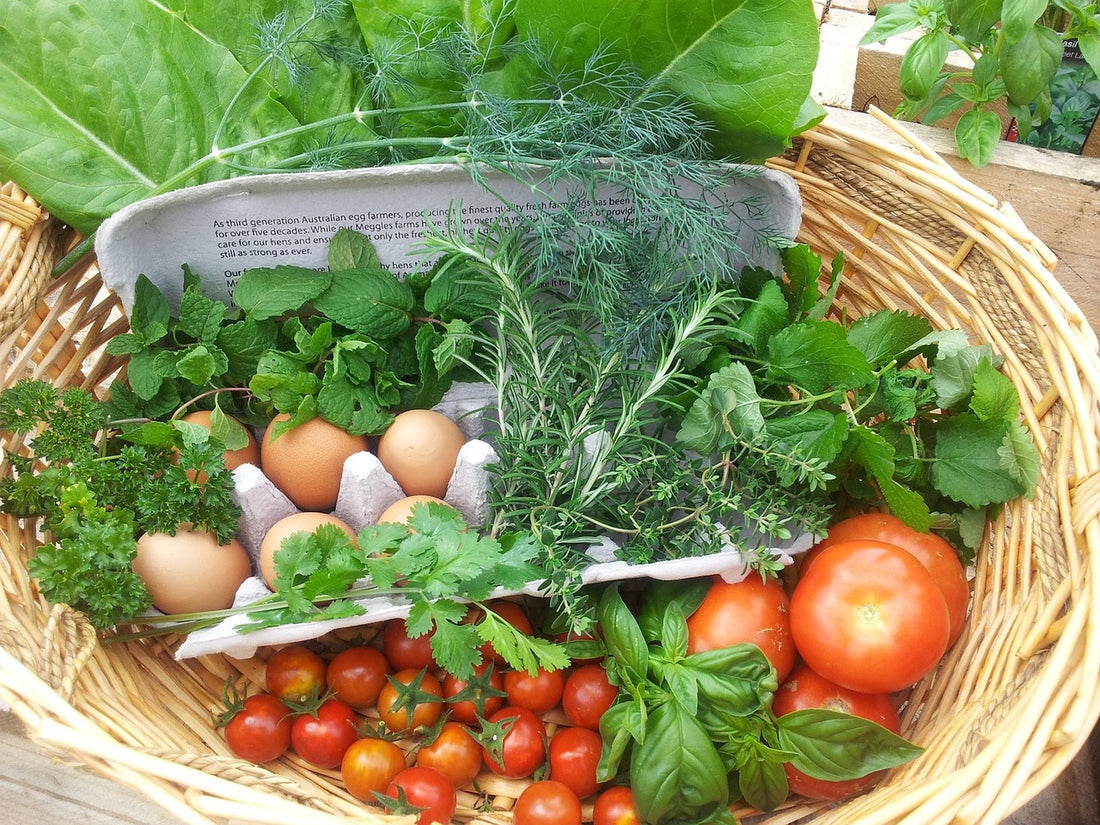
Farm-to-Table: The Joys and Challenges of Growing Your Own Food
Sarah SlabyShare
 It may be challenging for people today to determine where their source of food comes from; however, the farm-to-table process successfully brings about true connection with genuine cuisine by bringing an essential link between consumer and producer through harvesting their crops. The advantages are manifold: fresher foods that possess exceptional nutritional benefits contribute not only towards superior health but also offer an improved understanding and appreciation for what ultimately becomes nourishment on our plates. Nevertheless, venturing down this path proposes its obstacles.
It may be challenging for people today to determine where their source of food comes from; however, the farm-to-table process successfully brings about true connection with genuine cuisine by bringing an essential link between consumer and producer through harvesting their crops. The advantages are manifold: fresher foods that possess exceptional nutritional benefits contribute not only towards superior health but also offer an improved understanding and appreciation for what ultimately becomes nourishment on our plates. Nevertheless, venturing down this path proposes its obstacles.
The Joy of Growing Your Own Food: Growing your own food is a transformative experience that reconnects us with the natural world and the rhythms of the seasons. Whether it's planting seeds, tending to plants, or harvesting the fruits of your labor, there's an indescribable satisfaction in producing your own food. The flavors of freshly picked vegetables, the vibrant colors of homegrown herbs, and the sweetness of sun-ripened fruits all contribute to an elevated culinary experience.
Nutritional Benefits: One of the most compelling reasons to embrace farm-to-table practices is the unparalleled nutritional value of homegrown food. Unlike commercially produced produce that may travel long distances and undergo extensive processing, farm-fresh vegetables and fruits retain their full nutrient content. From higher vitamin and mineral levels to superior flavor and texture, homegrown food is a nourishing gift that supports a healthier lifestyle.
Seasonal Limitations: While growing your own food is rewarding, it's essential to acknowledge the challenges that come with seasonal limitations. Depending on your climate, certain crops may thrive during specific times of the year. Embrace this natural ebb and flow, and let it guide your planting choices. Experiment with cool-season and warm-season crops to maximize your harvest throughout the year. Consider preserving excess produce through canning, freezing, or dehydrating to enjoy your homegrown abundance even during the off-season.
The Art of Food Preservation: Food preservation is an integral part of the farm-to-table journey. Preserving the bountiful harvests from your garden ensures that you can savor the flavors of summer in the colder months. Explore various preservation methods like canning, fermenting, pickling, and drying to extend the shelf life of your homegrown produce. Share family recipes and personal experiences to inspire others to embark on their own preservation adventures.
Overcoming Challenges: No farming or gardening endeavor is without its share of challenges. Unpredictable weather, pest infestations, and soil fertility are just a few hurdles that may arise. Embrace these challenges as opportunities for growth and learning. Seek community support through local gardening clubs, online forums, and social media groups to share experiences, gain insights, and find solutions. Remember, every challenge is a chance to strengthen your skills and deepen your connection with the land.
Embarking on the farm-to-table journey is a remarkable decision that reconnects us with the beauty and abundance of nature. From the simple joy of planting a seed to savoring the flavors of a homegrown meal, the benefits of growing your own food are truly transformative. While challenges like seasonal limitations and food preservation may arise, they only serve to enrich the experience and deepen our appreciation for the journey. So roll up your sleeves, embrace the joys, and overcome the challenges as you embark on your own farm-to-table adventure.
~ Dr. Sarah Slaby, DVM
Dr. Sarah's Essentials is committed to supporting the dairy industry through providing natural, holistic, sustainable solutions for livestock. Check out our wide range of products at www.drsarahsessentials.com.
